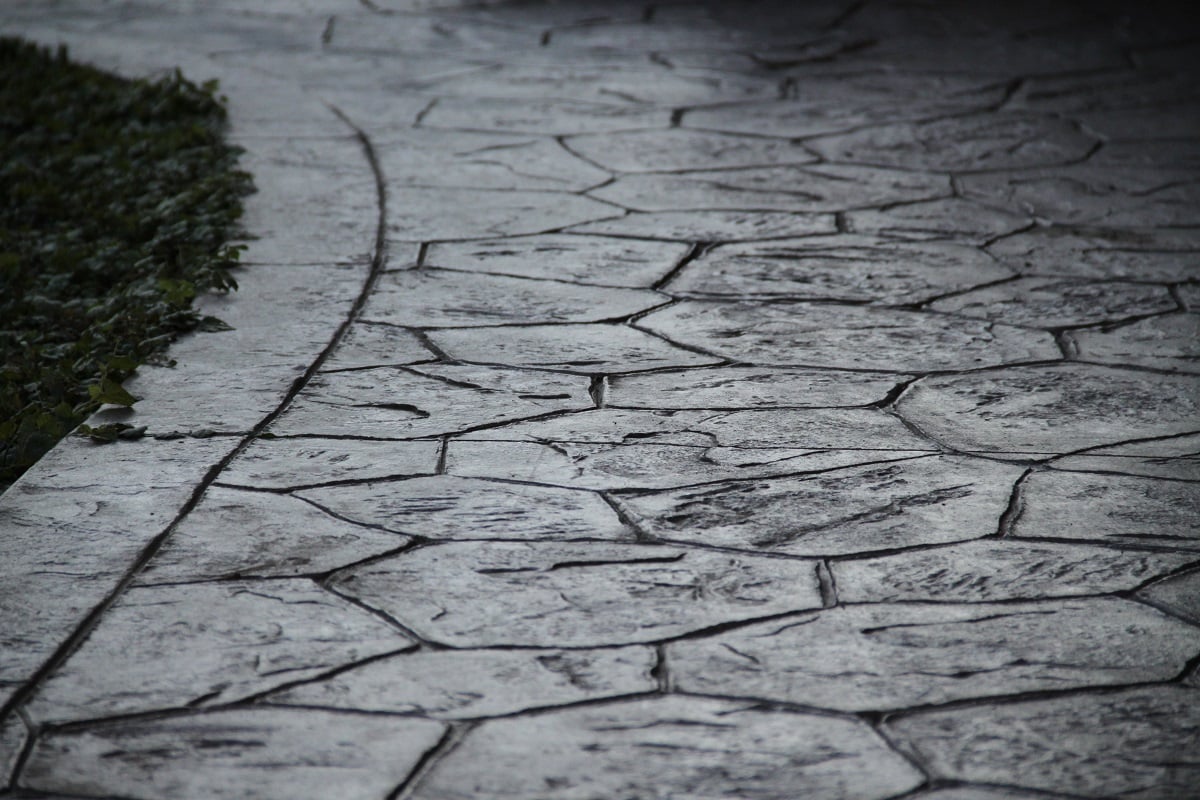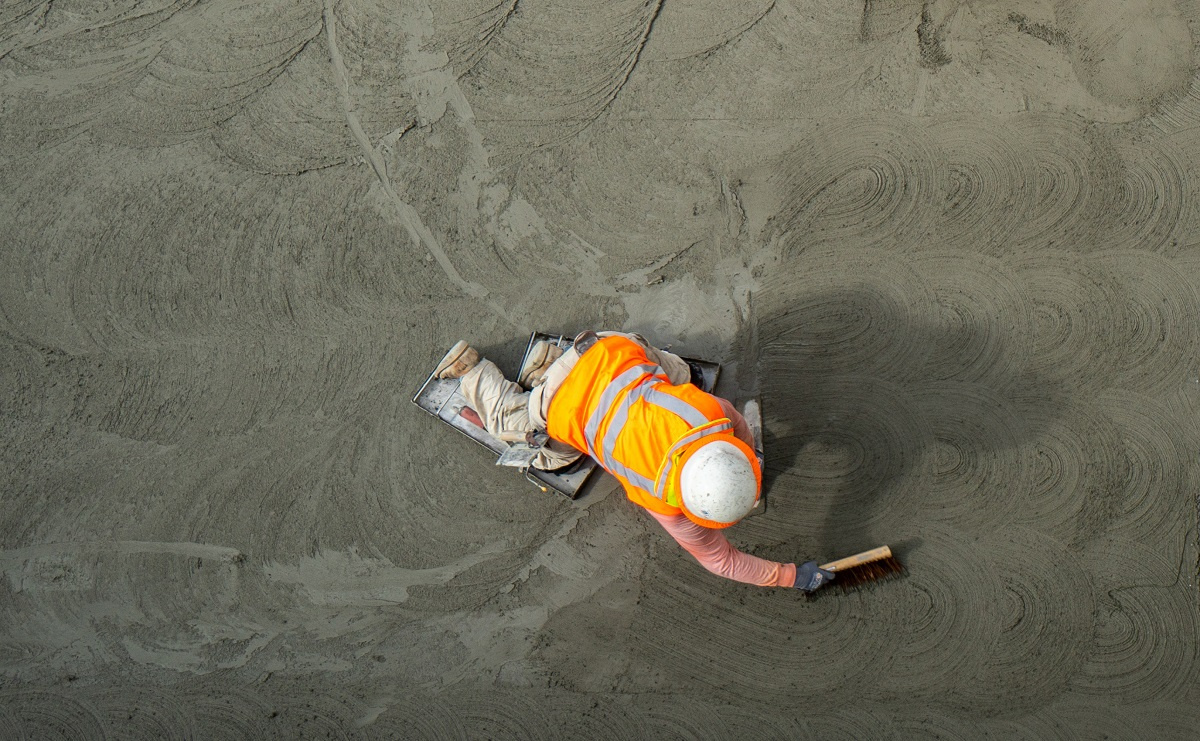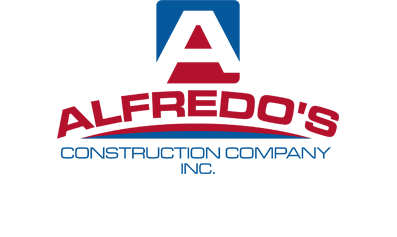The Difference between Stamped Concrete vs. Textured Concrete
The use of decorative concrete makes a big impact on your home’s curb appeal and beauty. You can make a functional area like a  concrete driveway and patio in Fairfax County or even a garage floor look beautiful without minimizing its practical components. If you’re considering doing something more aesthetically appealing with concrete design, you’ve probably heard of textured and stamped concrete, but you may be unsure about what the differences are. Here’s what you need to know about different decorative concrete construction options.
concrete driveway and patio in Fairfax County or even a garage floor look beautiful without minimizing its practical components. If you’re considering doing something more aesthetically appealing with concrete design, you’ve probably heard of textured and stamped concrete, but you may be unsure about what the differences are. Here’s what you need to know about different decorative concrete construction options.
 Stamped Concrete
Stamped Concrete
Stamped concrete is a great way to add beauty and dimension to any concrete surface you’re having installed. It requires the concrete to be installed in slabs, and then a large stamp with a specific pattern is used to imprint the concrete before it’s completely dried. It might be used for a brand-new surface you’re installing, or you can actually add to an existing slab of concrete by adding a concrete overlay, which will result in a higher surface since the overlay will lie on top of the existing concrete. Stamped concrete has found a wide use in residential and commercial uses because numerous designs can be utilized. The concrete can be stamped to look like tile, brick, cobblestone, and many other natural-looking materials. There are also more subtle design options with very little texture to choose from.
Textured Concrete
Textured concrete is similar to stamped concrete, but it has a less uniform look than stamped concrete. One difference between textured concrete is that the lines or joints in the concrete are created by hand or with a concrete saw. Stamped concrete, on the other hand, typically has the joints built into the stamp. The result is that textured concrete often looks more unique because it tends to be more irregular than stamped concrete. It looks more like one large unit instead of many individual pieces, which is the case with stamped concrete. This can provide a little more customization because you’re able to control the joints and opt for a less busy pattern than stamping.
 Choosing Textured or Stamped Concrete
Choosing Textured or Stamped Concrete
Both options result in a strong finished product, so the best way to choose between these two decorative concrete options is to look at the different patterns and options offered by the contractor. It’s also helpful to check out finished products for each type of concrete work, especially if you’re able to see the results in person. You might find that one method will work better in the area you’re planning to improve, so getting more information from a contractor will be advantageous.
Other Considerations
There are other decorative concrete options you may want to consider along with either stamped or textured concrete. Stained concrete is often used in conjunction with both types of concrete. The stains are different than concrete paint because they seep into the concrete pores and give color and dimension to the finished concrete. It can be used in certain areas to add accents and to create a certain style. Staining doesn’t affect the maintenance requirements of the cement and can actually help it resist stains more easily. Pavers are another option for a flagstone-type look without using stamped concrete. They can be installed in numerous designs and include a sealant that helps them maintain their color and resist moisture. To learn about all the different decorative concrete options, including  concrete pavers in Fairfax County, contact Alfredo’s Construction Company today.
concrete pavers in Fairfax County, contact Alfredo’s Construction Company today.
Start Your Construction Projects Today
Our construction company goes the extra mile to provide unparalleled services tailored to your unique requirements. Let us turn your dream property into reality. Call our concrete construction business offices in Maryland and Virginia to schedule an appointment.
